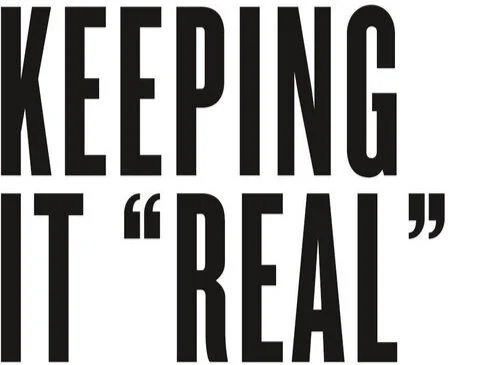If you strain/beat your head against the wall long enough, you can make out the contours of William Jones and Max Mueller lurking beneath the visage of “MC Yogi”. An ancient eastern language and art accidentally created by some legendary ancients and the “authentic” appreciation of its brilliance can be found not among the current inhabitants of these lands, but rather by the enlightened (white) ruling classes. The Indian here serves not as a participant of substance. The ancient language and age-old practices suffice and they must remain frozen in time and uncomplicated in their origin and appreciation. To introduce “history” and to discuss the fact that much of what constitutes “yoga” was only created in the last century and other topics such as the “market”, “capitalism”, and “imperialism” would taint the pristine perfection of the practice of yoga. No, the brown face is meant to provide colorful accompaniment to (white) westerners finding peace.
So what is to be done? In short, a critical conversation must continue among practitioners and the public. A critical dialectics of yoga if you will. Importantly, we must try to understand who defines and controls “yoga” and to what ends “yoga” is being utilized. In viewing Bhakta’s work, we’re able to ascertain the limits of such lines of inquiry placed by institutions such as the Asian Art Museum and the ends which “yoga as art” must serve must be aligned with those of the “donor class”, who are seemingly silent most of the time that you forget that they exist. However, when they perceive a potential threat that might allow the control of the narrative to be lost, this class moves quickly to squash potential for going off-message and make sure that everything in the gallery is within the contours that they define (explicitly and implicitly). As Bhakta recounts his experiences with both the Asian Art Museum and the Cleveland Museum of Art what’s telling is that there is no transparency behind the decisions. There’s no obvious connection between those providing the orders and those carrying them out. What’s impossible is an actual dialogue about the contents of Bhakta’s works and various perceptions of it. It’s as if Bhakta didn’t abide by the undisclosed “rules of the game” and therefore his attempts to engage are rebuffed and withheld from public consumption.
While critiquing the commercialization of yoga and the exploitative usage of South Asian cultures, we should also be on guard against those who seek to sanctify the supposed “purity” of yoga and its (various) origins. Under the guise of some diluted post-colonial critique the forces of Hindutva (aggressively politicized Hindu nationalism) have aggressively pushed yoga as an exemplar of a “timeless” Hindu Rashtra (Hindu nation). And all those who inhabit such nation are intimately connected to the “sacred” language of Sanskrit and practices such as yoga (not to mention specific deities, dietary practices, and other cultural markers).
Specifically, regarding yoga, ossifying an existing human practice as a trait of a timeless and authentic religious nation serves the interests of Hindutva and those seeking to dismiss any discussion of caste or other Hindu traditions as being endemic of “Hinduphobia”. Such flat, binary readings of a South Asian cultural practice are usually done to serve another motive: to present an authentic, spiritually pure Hindu tradition and to paint as “Hinduphobic” anyone who dares to question anything “Hindu”. We should resist this false choice between the (white/capitalist) voyeur seeking to sell the exotic and the supposed true believer seeking to return yoga to its “authentic” Hindu roots. Instead, we should maintain a critical distance from both while analyzing and deconstructing all approaches.

